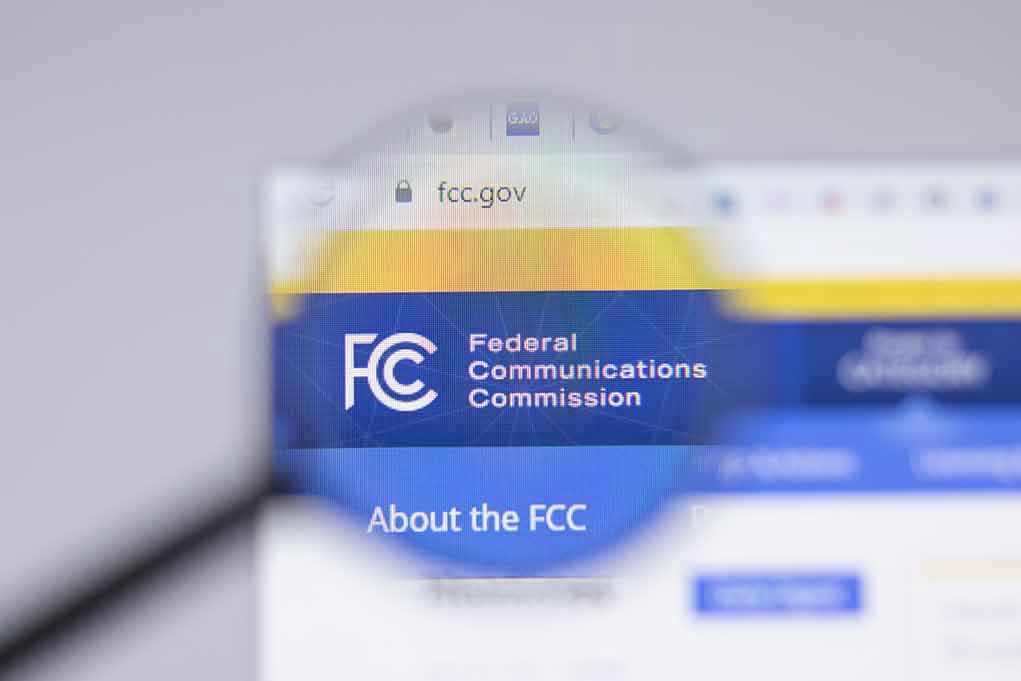
FCC reforms are back in the spotlight, and this time they’re going after the real problem—the blatant political bias infecting American broadcast networks while so-called “consumer protection” takes a back seat.
At a Glance
- The FCC is considering aggressive new rules for the transition to ATSC 3.0, which could force broadcasters to upgrade technology by 2030.
- Consumer protection reforms are on the table, but internal FCC conflicts threaten to slow or water down meaningful action.
- Recent FCC enforcement actions highlight ongoing problems with indecency and accessibility on television, raising big questions about priorities.
- Industry lobbying and partisan infighting continue to shape who gets protected—consumers or the corporate media status quo.
FCC’s Modernization Drive: Who Benefits—Consumers or Corporate Media?
The Federal Communications Commission, the government body that’s supposed to protect the American public from media abuse, is once again flexing its regulatory muscles. But instead of tackling the issues most Americans actually care about—like rampant political bias in newsrooms or the endless parade of “woke” programming—the FCC is obsessing over the technical transition to ATSC 3.0, or “Next Gen TV.” The National Association of Broadcasters has been petitioning for a set timeline for this upgrade, with the FCC floating phased deadlines that stretch all the way to 2030. So, while broadcasters gear up for fancier tech and more advertising dollars, ordinary Americans are left wondering who’s really being protected here[1].
This technology overhaul isn’t just about better picture quality; it’s a costly mandate that broadcasters will likely pass on to viewers in the form of equipment upgrades and hidden fees. Instead of focusing on content integrity or ensuring that viewers aren’t blindsided by indecent material, the FCC’s attention is locked onto the business side of broadcasting. It’s a familiar story: Big Media gets its way, and consumers foot the bill.
Consumer Protection: Talk Is Cheap When Bureaucrats Run the Show
Last October, the FCC launched a so-called “Notice of Inquiry” to strengthen consumer protections in the TV industry. The stated goal: crack down on hidden fees, make it easier to cancel service, and demand better customer service. All sounds good—if you believe the bureaucracy will actually deliver. But inside the FCC, partisan bickering is gumming up the works. Democratic commissioners want to drag their feet or pile on extra regulations that have nothing to do with protecting viewers. Meanwhile, real transparency and accountability—especially for left-leaning media conglomerates—remain elusive[2].
Even when the FCC manages to enforce its own indecency rules, as in the recent $222,500 fine slapped on TEGNA for a 2021 broadcast blunder, the penalties are a drop in the bucket for massive media companies. And don’t forget accessibility: the FCC keeps extending waivers for broadcasters on providing accessible emergency information, citing “pending further rulemaking.” Translation? Vulnerable Americans are left in the dark while bureaucrats dither[3][4].
Political Bias and Power Struggles: The Real Battle for TV’s Future
The FCC’s leadership is supposed to represent the public interest, but internal power struggles and relentless lobbying by industry groups have turned the commission into a battleground for partisan agendas. While conservative commissioners push for reforms to expose and challenge the blatant political bias of the broadcasting networks, the left-leaning members want to keep regulation focused on abstract “consumer protections” and accessibility requirements—anything but the actual content shaping American culture.
This fight isn’t just about technology or policy minutiae. It’s about who controls American television—and by extension, the national conversation. Broadcasters and their lobbyists want regulatory certainty and the freedom to upgrade tech on their own terms. Consumer advocates demand transparency, accountability, and real protection from both indecent content and political manipulation. But as long as the FCC is divided and beholden to Big Media, don’t expect the rules to put the American viewer first.
FCC’s Next Moves: High Stakes for Free Speech, Family Values, and Your Wallet
The transition to ATSC 3.0 could unlock new features for broadcasters, like 4K video and more interactive advertising, but it also threatens to saddle consumers with higher costs and fewer choices. If the FCC continues to focus on technological upgrades and bureaucratic “consumer protection” at the expense of content integrity and constitutional rights, Americans will pay the price—not just financially, but culturally.
What’s needed is real reform. The FCC should be holding the media accountable for political bias and indecency, not just rubber-stamping industry wish lists or hiding behind endless studies and waivers. With President Trump back in the Oval Office, there’s an opportunity to return common sense and constitutional values to the heart of broadcast regulation. The question is whether the FCC will seize the moment—or let the same old games continue.
Sources:
Wiley Law: FCC Seeks Comment on Next Gen TV Transition
BBK Law: FCC Launches Inquiry on Strengthening Consumer Protections
FCC: Renews Waiver Accessible Emergency Information Requirement
Broadcast Law Blog: This Week in Regulation for Broadcasters











